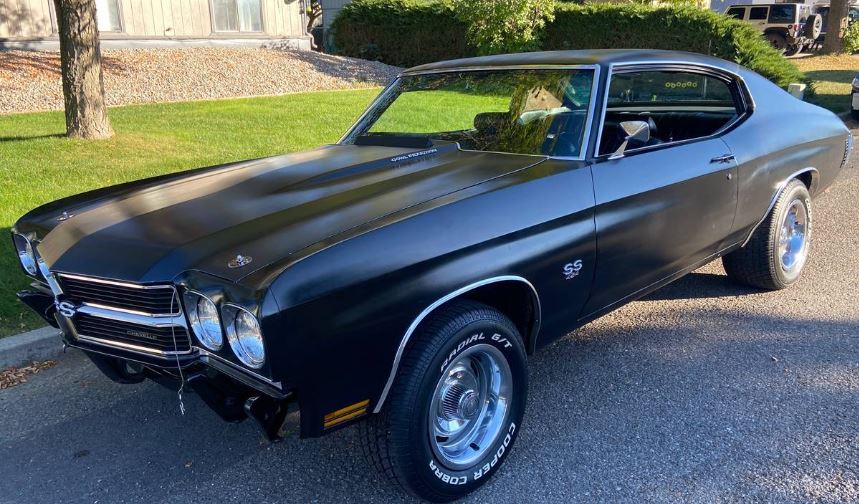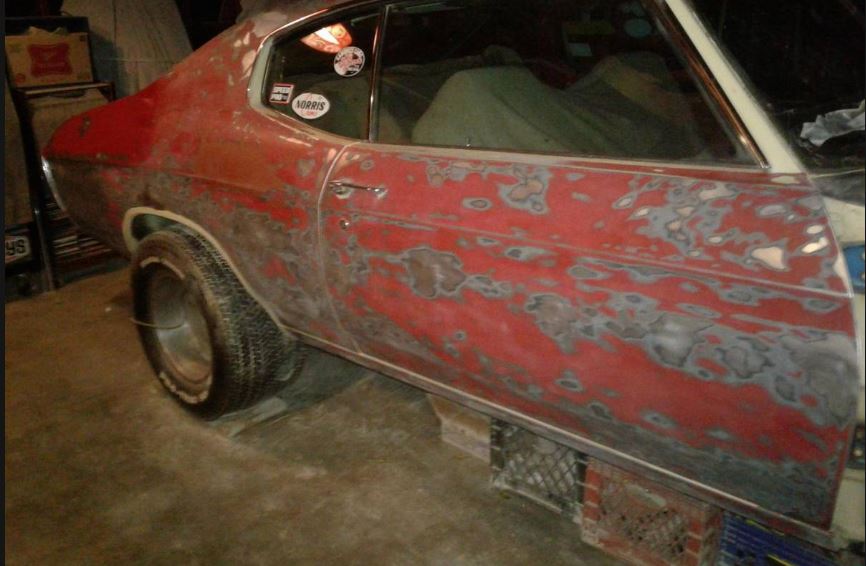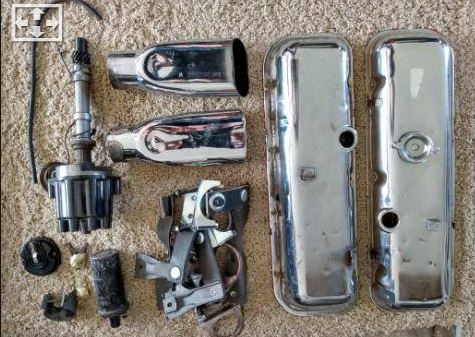In 1970, General Motors threw not one but two curve balls at Detroit’s batters and scored a strikeout. First, the giant automobile corporation revoked the self-imposed ban on cubic inches of displacement for intermediates, and that was good. Second, it released a terror on wheels to make sure everyone understood that GM was back in business, and that was great. Enter the Chevrolet Chevelle 454 LS6.
Do you happen to own some $90,000 worth of forest in Idaho that you have no intention of doing anything with, but you absolutely cannot live without an original (but restored) Chevrolet Chevelle SS big-block (the great one)? Then you’re in business – just have some back and forth with one owner of said muscle car from Spokane, Washington.
What would forestry and automotive have in common, you might ask? Well, there’s one mean Chevelle LS6 out for sale, and the owner will accept either money or a forest in the neighboring state of Idaho. According to the ad on Craigslist, the car is rocking its numbers-matching drivetrain, but it has been restored (frame off style).
Obviously, being an LS6, it has the 454 cubic-inch V8, the torque monster released by Chevrolet in 1970 and installed in Chevelles only that year. With 450 hp and 500 lb-ft, it was the most powerful factory muscle car of its time, bar none. That’s 456 PS and 678 Nm – and Chevrolet released 5,448 of them in 1970. That’s the total number of LS6 engines built, but ‘only‘ 4,475 made it between the front fenders of Chevelles.
To put it into perspective, Chrysler made just 1,543 units of the nefarious 426 Hemi (which w as unequally shared between eight models) in the engine’s penultimate year of production (1970). The other V8 legend of the day, the monster Boss 429, was released in even lesser numbers – 499 copies. So, a Chevelle LS6 is by no means in the same realm of unicorns as other piston demigods of the peak year of the Muscle Car Age.
That doesn’t chink its armor one-millionth of an inch, and why should it? A big-block Chevy capable of serving a Hemi its dome-shaped combustion chambers on a plate was no joke back then. Still, it is a very affordable option nowadays. At least compared to the premiums that Hemis and Bosses go for in today’s market.
This particular example has the original V8 and an M22 Rock-Crusher transmission. When assembled, the car left the factory with a 3.31 rear axle with Positraction, as evidenced by the CRV code stamped on the axle tube. However, the seller notes a 3.73 gearing – which was not offered by the factory on the LS6, or any other 1970 Chevelle, for that matter. The 454 Chevelles – either the LS5 or the LS6 examples – had two gearing options from the factory: the previous 3.31 (with or without a limited slip diff) and the 4.10 Heavy-Duty differential (Positive Traction mandatory).
This black street brawler was originally Cranberry Red (check the gallery for historical photos), but the black livery isn’t too bad, either. After all, it wasn’t the paint scheme that mauled competition on the drag strip. The owner asks $89,999 and will consider trades for a forest in nearby Idaho (and yes, some properties meet the conditions, some up to five acres / two hectares).
The car was raced in the 80s, but the engine was never affected by those sanctioned activities—or so the owner claims. According to the man, the block has not been decked, and its 71,245 miles (114,658 km) are all hard-earned. The transmission was rebuilt, but the body is in pretty much the same condition as when the Van Nuys, California, facility put it together. The price is fixed, and the seller won’t take any offers or car trades.


